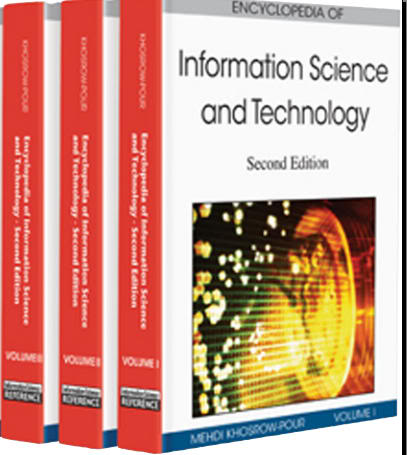Agent-based systems are one of the most important and exciting areas of research and development that emerged in information technology (IT) in the past two decades. In a nutshell, an agent is a computer program that is capable of performing a flexible, autonomous action in typically dynamic and unpredictable domains (Luck, McBurney, Shehory, & Willmott, 2005). Agents emerged as a response of the IT research community to the new data-processing requirements that traditional computing models and paradigms were increasingly incapable to deal with (e.g., the huge and ever-increasing quantities of available data). Many IT researchers believe that agents represent one of the most important software paradigms that have emerged since the object orientation. From the historic point of view, the agent-oriented research and development (R&D) originates from different disciplines. Undoubtedly, the main contribution to the field of autonomous agents came from artificial intelligence (AI). Ultimately, AI is all about building intelligent artifacts and if these artifacts sense and act in some environment, then they can be considered agents (Russell & Norvig, 1995). Also, object-oriented programming (Booch, 2004), concurrent object-based systems (Agha, Wegner, & Yonezawa, 1993), and human-computer interaction (Maes, 1994) are fields that constantly drive forward the agent R&D in the last few decades. In addition, the concept of an agent has become important in a diverse range of sub-disciplines of IT, including software engineering, computer networks, mobile systems, control systems, decision support, information retrieval and management, electronic commerce, and many others. Agents are being used in an increasingly wide variety of applications— ranging from comparatively small systems such as personalized email filters to large, complex, mission critical systems such as air-traffic control.
Intelligent software agents and multi-agent systems
Book chapter
Published
Encyclopedia of Information Science and Technology, Second Edition, Pages 2126-2131, IGI Global.
Publication year: 2009

